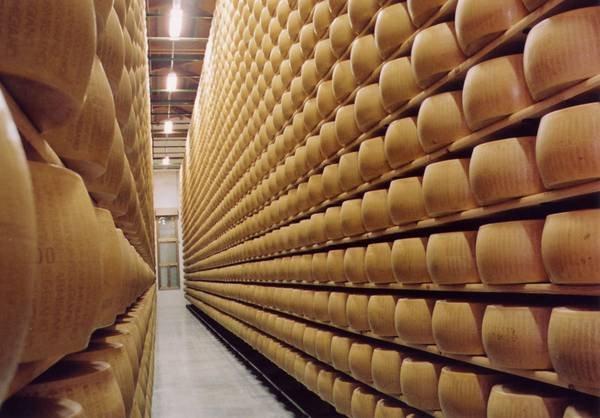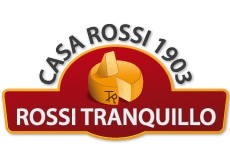THE HISTORY OF PARMIGIANO REGGIANO
Parmigiano-Reggiano cheese appeared for the first time in the 11th century in the abbeys of the Benedictine and Cistercian monks in the area of Parma and Reggio. 600 liters of milk are required to produce a wheel of cheese, and, in that period, this amount was available only in the large farms of the monasteries, which were converting many swamps into grazing lands. This activity made the breeding of the dairy cattle possible. 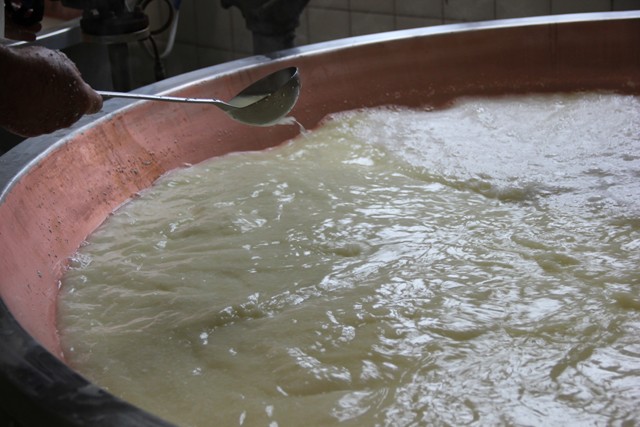
The first wheels of Parmigiano had been produced in the monasteries of Parma, that was the main production center for the commercialization of this appreciated and sold all over Italy product.
In the 17th century the farming techniques improved greatly with the aim of achieving more profitability. In this way, the Bruna italiana was introduced to increase the production of milk.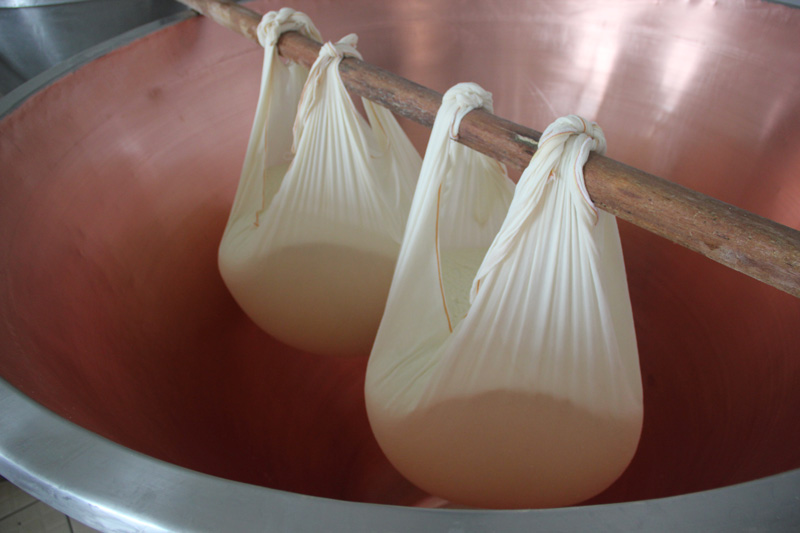
In the end of the 18th century, thanks to the industrial and farming development, there was an increase in the production of cheese and in the following year, the Parmigiano-Reggiano began to be known and exported within the European market.
Finally, the manufacturers established in 1937 the Safeguarding Consortium that associates the provinces of Parma, Reggio Emilia, Modena, Bologna and Mantova.
The activities of the Consortium are: the defense and the protection of the Designation of Origin, the regulation for Mark Application and the improvement of the quality to safeguard a product that has been unchanged for more than nine centuries.
THE PRODUCTION OF PARMIGIANO-REGGIANO
A very good quality of milk is required to produce the Parmigiano-Reggiano cheese. The cattle farmers have to follow a strict discipline of the safeguard consortium for all the activities that they need to perform. The feed must come from the local area and it is absolutely prohibited the use of ferments or ensiled, animal origin products, additives, preservatives and non fermenting products. All these commitment in the production are required to produce a natural cheese, whose quality is refined only with a slow and long aging.
The cows are milked twice a day at regular intervals and the milk is moved directly to the cheese factory: the milk from the evening milking is left in large vats that create the fat so that it is possible to collect the cream.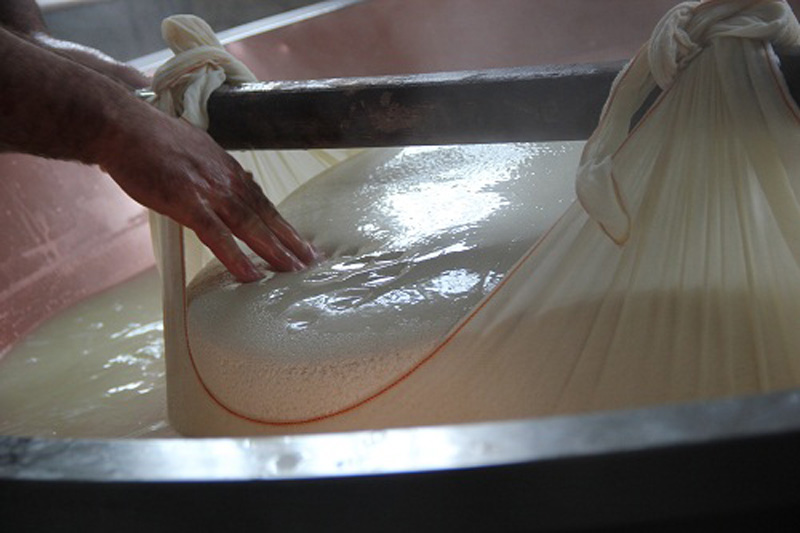
The day after, the milk is poured into the typical bell-shaped copper cauldrons together with the morning milking. In the cauldrons there are about 600 liters of milk: in this moment the production cycle starts: the calf rennet and fermented whey, rich in natural lactic ferments obtained from the processing of the day before, are added.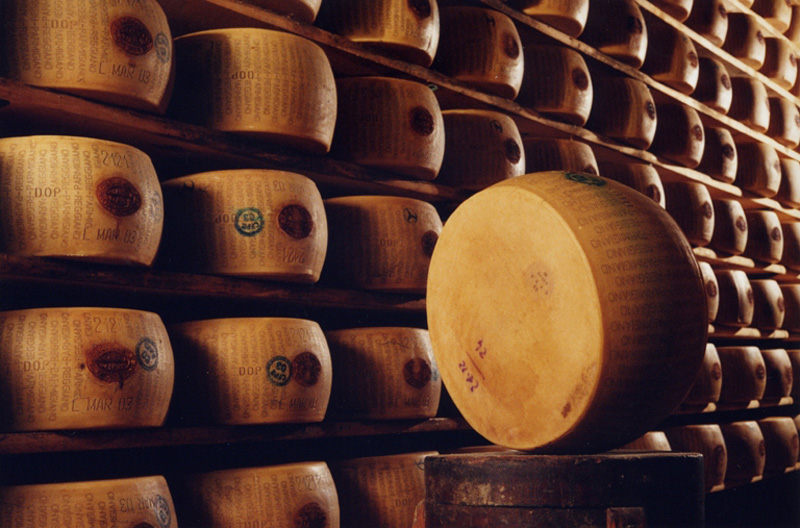
The milk starts to coagulate and then the curd produced is then broken down into minuscule granules using a traditional tool called spino. After the cooking process, the cheesy granules sink to the bottom of the cauldron forming a single mass. This cheese and solid mass is then divided into two equal parts.
This mass will be wrapped in its typical cloth and then placed in a mould which will give it the classical cylindrical and rounded shape together with the unmistakable dotted inscriptions.
The process of salting consists in the immersion of the wheels in a water and salt-saturated solution where they rest for about 20 days. This closes the production cycle of the Parmigiano-Reggiano cheese.
THE QUALITY
After the manufacturing cycle, the Parmigiano-Reggiano cheese enters the aging warehouses where it is kept for at least 12 months. The aging is essential in the production cycle and, depending on the time, Parmigiano-Reggiano presents different organoleptic and tasting properties.
By the end of the minimal aging phase, the experts of the Consortium examine each cheese produced. After the Control Body’s inspection, a mark is fire-branded onto the individual cheeses that meet the requirements of the Protected Designation of Origin (PDO). This is a guarantee for the consumers that all the necessary quality standards have been reached and for a product like Parmigiano-Reggiano.
